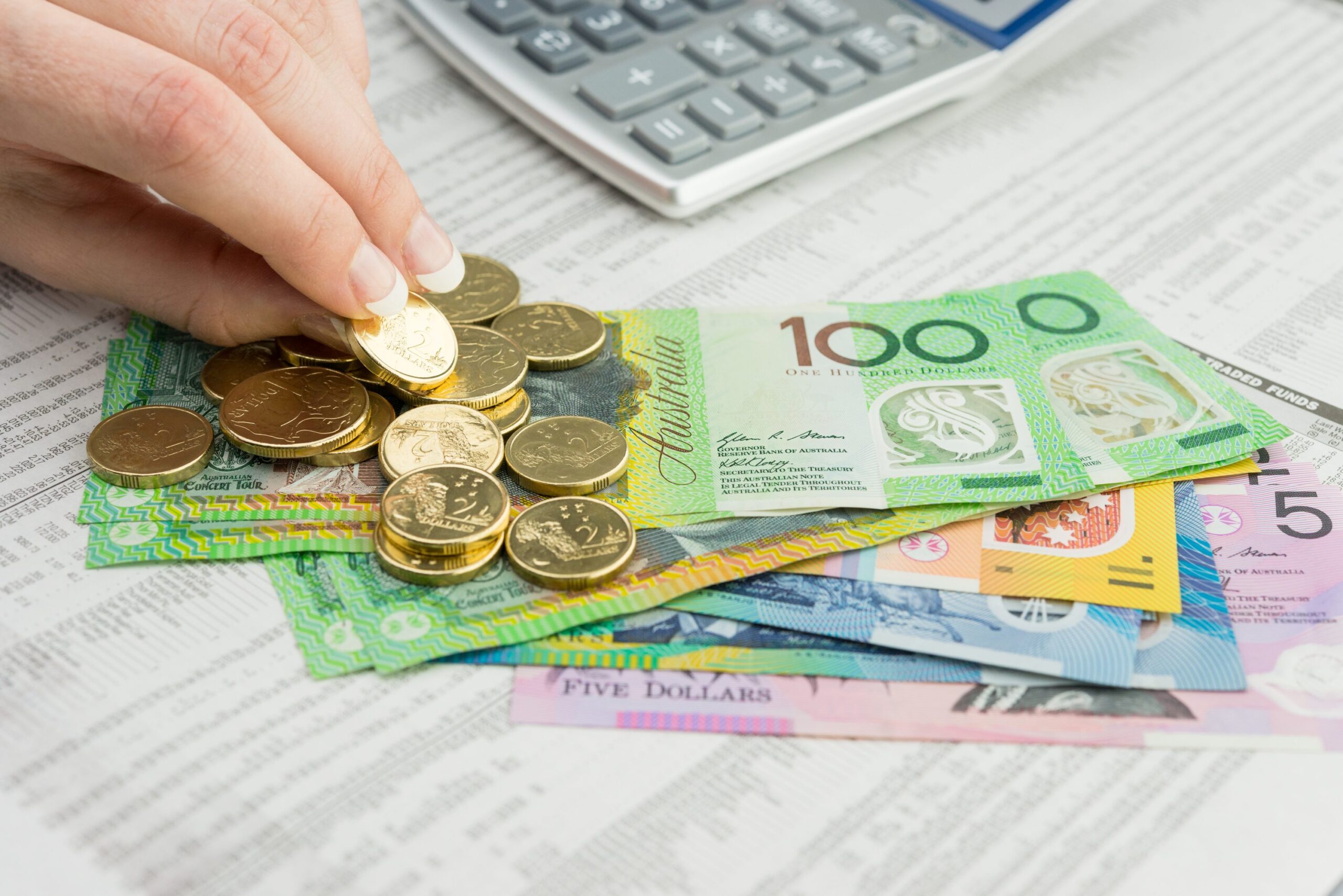Many Australians see self-employment as a goal worth aiming for. But running your own show can mean retiring with very little in super savings – one in five self-employed people have no super at all compared to just 8% of employees.
Self-employed women are especially hard hit. Among women aged in their sixties, the average super balance for wage and salary earners is $175,000 – double the average balance of $83,000 for women who run their own business.
Self-employed workers face unique hurdles
The Association of Superannuation Funds of Australia (ASFA) is calling for the Superannuation Guarantee, which underpins compulsory employer-paid super contributions, to be extended to include those who work for themselves. With around 1.3 million Australians running their own show, the idea certainly has merit.
However, as any self-employed person will know, it’s not always easy finding the money to contribute to super. Spare cash is often re-invested in the business or set aside to cover tax bills. Self-employed people can face uncertain income streams, and it may seem sensible to squirrel money away for those times when income is sporadic or leaner than usual.
Make growing super a goal to work towards
Nonetheless, if you work for yourself there are some good reasons to contribute to super. For starters, it offers a source of income in retirement – one that could be more of a sure thing than relying on the sale of your business to fund life after work.
Adding to super may also provide tax savings today. If you’re self-employed you can claim an annual tax deduction for up to $25,000 in “concessional” (before-tax) super contributions. Incidentally, this cap now applies across all age groups – a change from previous years when older Australians were able to claim a bigger tax break for super contributions.
Concessional contributions are taxed at 15% within your fund. If this is less than your personal tax rate, adding to your super could be a very tax-friendly way to save for the future. That said, if you are a low to middle income earner, claiming all your super contributions on tax may see you missing out on the government’s co-contribution scheme. It’s an area where it pays to speak to your financial adviser to help you decide the right blend of before and after-tax contributions.
Small steps may generate big results
Super contributions don’t have to be large or made via a single lump sum. It can be far easier on your cash flow to make small, regular contributions, and thanks to the power of compounding returns, even modest contributions could make a valuable difference to your final nest egg. An easy way to make growing super effortless may be to set up regular, automatic payments to your fund. Talk to your financial adviser about an amount you can comfortably contribute to your super on a regular basis.
If you intend to claim a tax break for contributions to super, be sure to let your fund know in writing before you lodge your tax return for the current financial year. This is another area where your adviser can offer the reassurance of professional support.

– by Paul Clitheroe AM
Paul Clitheroe AM, co-founder and Executive Director of ipac securities limited, Chairman of the Australian Government Financial Literacy Board and Chief Commentator for Money magazine.
Online source: Produced by AMP Life Limited and published on 26 April 2018. Original article.



